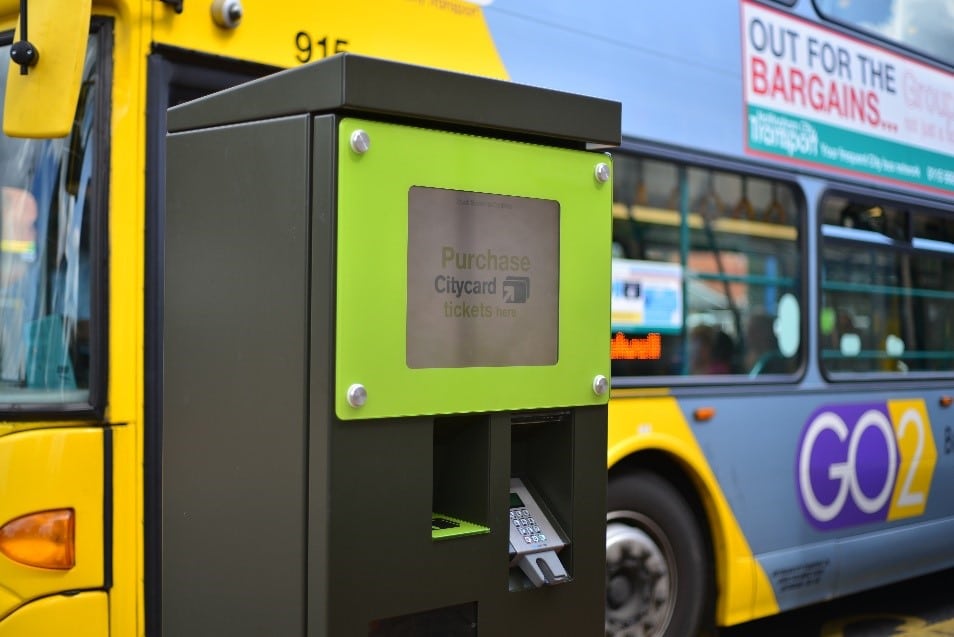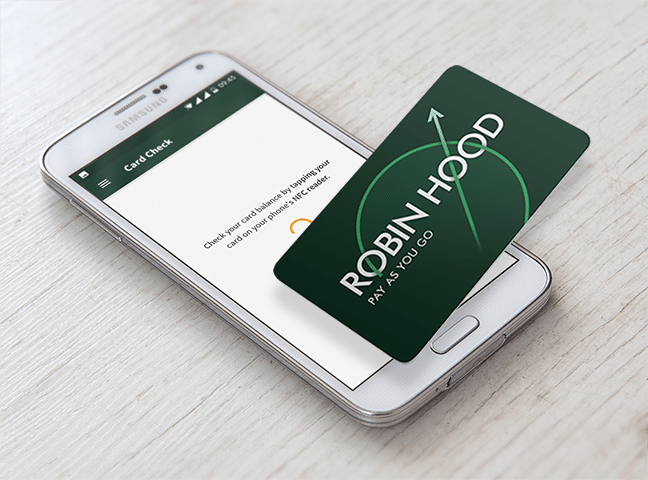Checking smart card information using a mobile device
30th Jan 2018


Thanks to Passenger apps and some forward-thinking transport operating companies, thousands of bus passengers up and down the UK are now using mobile tickets to travel every month. The growth in adoption of this ticketing channel is a consequence of combining the benefits of mobile ticketing with providing robust and reliable daily-use, utility apps, but mobile apps aren’t the only sales channel available to customers.
Over recent years operators have invested – often via central government-funded ‘smart’ initiatives – in smart card enabled ticket machines and associated ‘back-office’ systems. These schemes have had a positive impact on reducing passenger boarding times when compared to cash, and were largely successful. In these rapidly advancing times, where the pace of technological change can be overwhelming, we’ve seen operators find that smart cards aren’t the best sales channel for their customers – or even themselves when administration costs are factored in. Their usage is declining as more customer-friendly alternatives are introduced in the shape of mobile and contactless.
Despite this decline, there are still a considerable number of passengers that use them. For this reason it is important to continue to maintain and improve services around this sales channel. For Nottingham City Council, who deliver multi-operator travel via their Robin Hood Network brand, this is precisely what they are doing.

Early in 2017 Passenger launched a journey planning and real-time information app for the City Council in Nottingham, built on readily available open data. Thanks to a recent collaboration with Cammax, the company behind Nottingham’s on-street ticket vending machines (TVMs), ITSO smart card users can now check their balance on NFC-enabled Android devices that have the Robin Hood app installed. For many users, and in particular, those that don’t live close to a machine in the street, this app update brings a virtual TVM to their mobile phone, which they can access from anywhere. Strategically for NCC, the additional functionality drives engagement of this newer touch-point for travellers, by giving them another reason to download the app in the first place.
Going further, it may be useful to consider this kind of implementation as part of a strategy to accelerate the migration of smart card sales to mobile app-based tickets, with the additional utility of ‘card balance checking’ being leveraged to encourage customers to use a better way to pay and access services. In this case, ‘better’ means reducing the cost of customer acquisition and retention for the council, and integrated real-time information and ticket purchasing for the customer.
Digital tickets can be instantly distributed and are easy for operators and authorities to manage – they are no doubt the future. But carefully considering how users might be encouraged to change their behaviour and adopt them relies on a plan that considers how to change smart card usage habits forged over many years. Of course, where smart cards aren’t entrenched operators and authorities have the freedom to skip over this step, but where they are bringing smart card interactions to mobile apps is exactly the way to usher new technologies quickly into everyday use.
Tags
Share this article

Newsletter
We care about protecting your data. Here’s our Privacy Policy.
Related news

Start your journey with Passenger
If you want to learn more, request a demo or talk to someone who can help you take the next step forwards, just drop us a line.